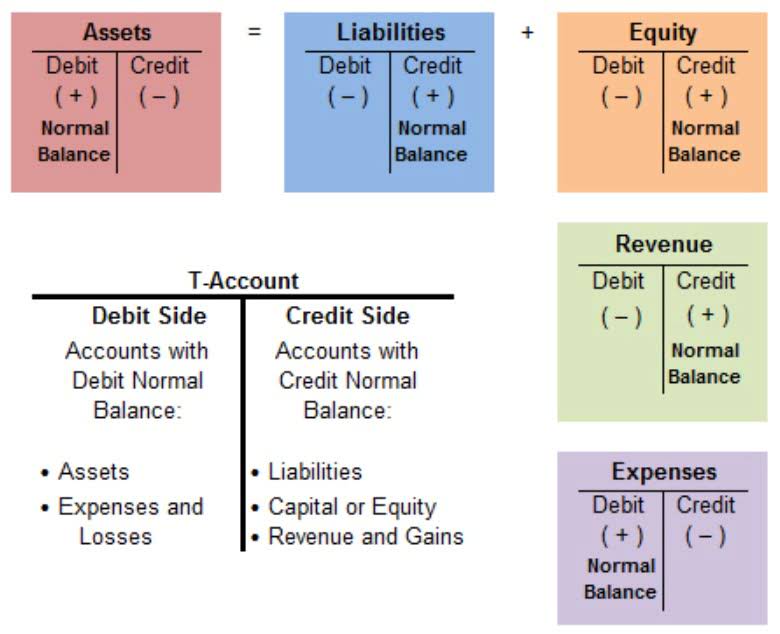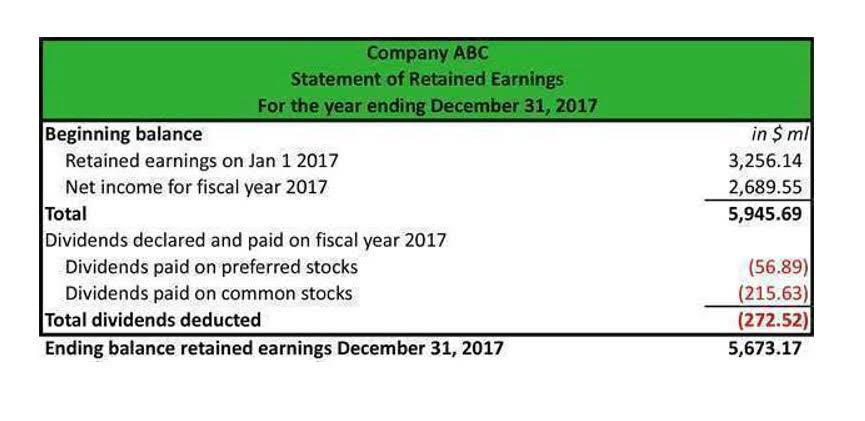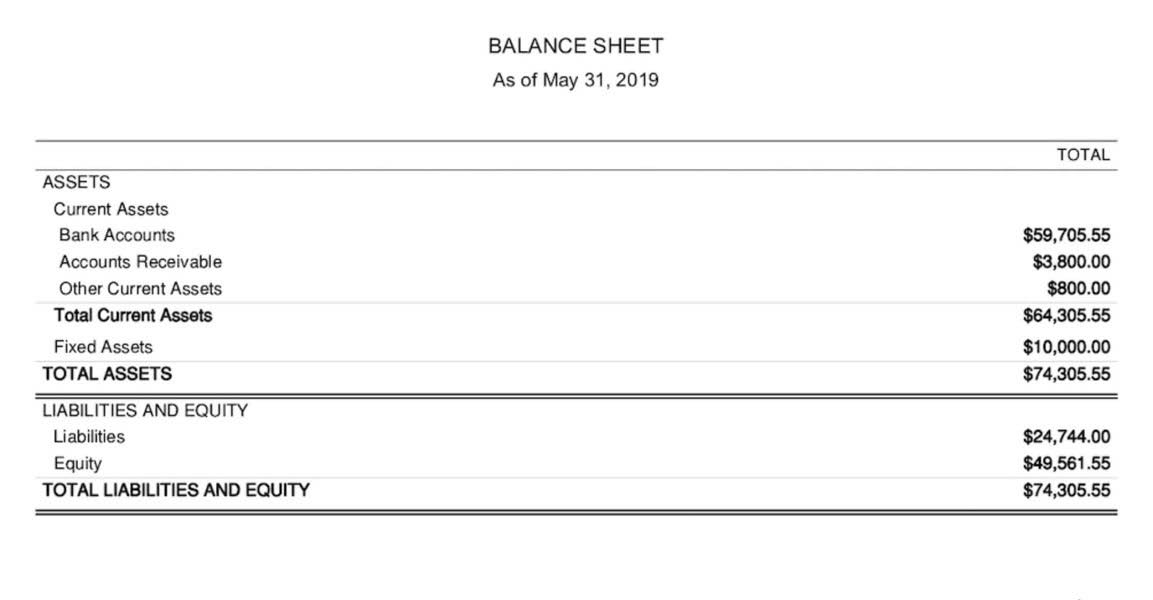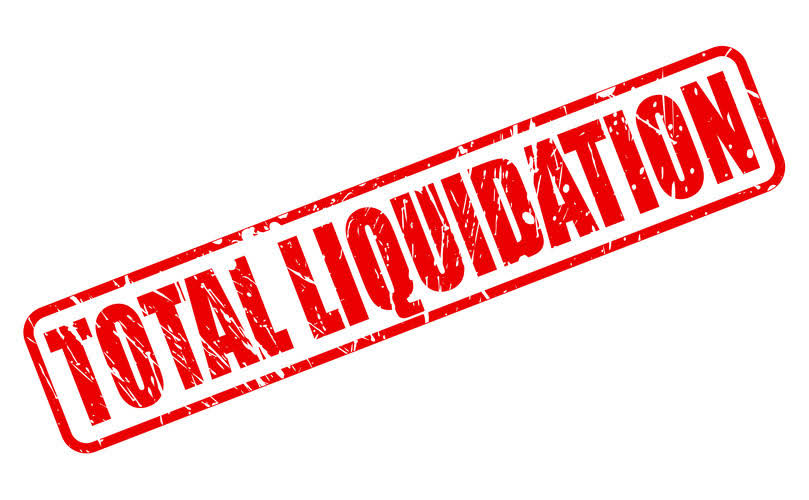
Compared to Walmart, Target’s asset turnover is low which could be an indication that the retail company was experiencing sluggish sales or holding obsolete inventory. A corporation must approach its business operations holistically and concentrate on finding methods to make more money with fewer assets if it wants to increase asset turnover. A corporation may increase asset turnover, increase efficiency, and increase profitability by putting these techniques into practice.
What is Asset Turnover Ratio?
- Different businesses and industries have different levels of asset intensity, which means the amount of assets required to generate a unit of sales.
- As you can see, Microsoft has the highest ROA, followed by Walmart, and Ford has a negative ROA.
- A lower current ratio indicates that a company may face difficulties in paying its bills on time.
- Company A has streamlined its operations and uses its assets efficiently, resulting in an asset turnover of 2.5.
- For example, businesses like retail or grocery stores often have higher ratios because they generate significant sales from relatively low assets.
- Turnover ratios measure how efficiently the facilities, including the assets and liabilities of the organization, are utilized.
The ratio calculates the company’s net sales as a percentage of its average total assets to show how many sales are generated from each dollar of the company’s assets. For instance, an asset turnover ratio interpretation of 1.5 would mean that each dollar of the company’s assets generates $1.5 in sales. For example, if a company has net sales of $500,000 and average total assets of $250,000, the asset turnover ratio would be 2. This means that for every dollar of assets, the company generates $2 in sales. The asset turnover ratio’s significance in financial performance analysis is multifaceted.

Dig Deeper on Business intelligence management

The average total assets can be found by adding the beginning assets to the ending assets and dividing this sum by two. On the other hand, company XYZ, a competitor of ABC in the same sector, had a total revenue of $8 billion at the end of the same fiscal year. Its total assets were $1 billion at the beginning of the year and $2 billion at the end. Fixed asset turnover and asset turnover are two different ratios that can tell you about a company, and for investors, it’s important to understand the difference between the two.
- The competitive landscape within an industry can also influence asset turnover ratios.
- The main use of the asset turnover ratio is to measure the efficiency of a company’s use of its assets to generate sales revenue.
- Retail companies often have ratios above 2, while capital-intensive industries like manufacturing may have ratios closer to 1 or lower.
- It also depends on the ratio of labor costs to capital required, i.e. whether the process is labor intensive or capital intensive.
- Similarly, only those should be considered under account receivables which can be collected from the company’s customers within 90 days.
- The higher the asset turnover ratio, the better the company is performing, since higher ratios imply that the company is generating more revenue per dollar of assets.
Efficiency Rations & Turnover Ratios

For example, a retail business that sells low-margin but high-volume products may have a higher asset turnover ratio than a manufacturing business that sells high-margin but low-volume products. Similarly, a small business that operates asset turnover ratio with minimal assets may have a higher ratio than a large business that has a lot of fixed assets. Therefore, it is useful to compare the ratio of a business with the industry average and its own historical trend to see how it performs relative to its competitors and its past performance. A ratio that is above the industry average or shows an upward trend indicates that the business is gaining a competitive edge and improving its efficiency. A ratio that is below the industry average or shows a downward trend suggests that the business is losing its market share and facing operational challenges.


It means investors must also consider other aspects of the business of a company along with these ratios. Therefore, asset management ratios Online Accounting can help with all these aspects and much more. Further, to get the account receivables turnover in days, divide 365 by the accounts receivable turnover ratio. This will give the average number of days your customer takes to pay their debts.
The asset turnover ratio is expressed as a rational number that may be a whole number or may include a decimal. By dividing the number of days in the year by the asset turnover ratio, an investor can determine how many real estate cash flow days it takes for the company to convert all of its assets into revenue. The limitations outlined above play into some of the potential drawbacks of the asset turnover ratio when analyzing stocks, too. Mostly, it comes down to the fact that as a single ratio, which doesn’t reveal the total health or financial picture for a single company. For that reason, it’s probably a good idea to use the ratio in tandem with other analysis tools and methods. Since each industry has its own standards for a “good” asset turnover ratio, there isn’t one specific number to look for.
